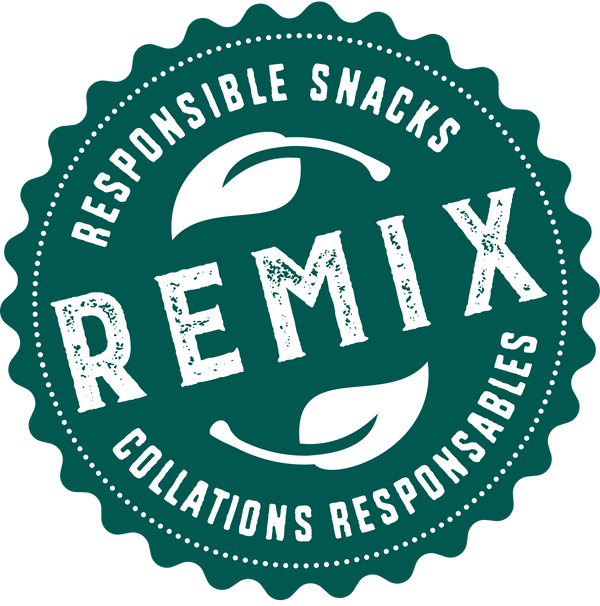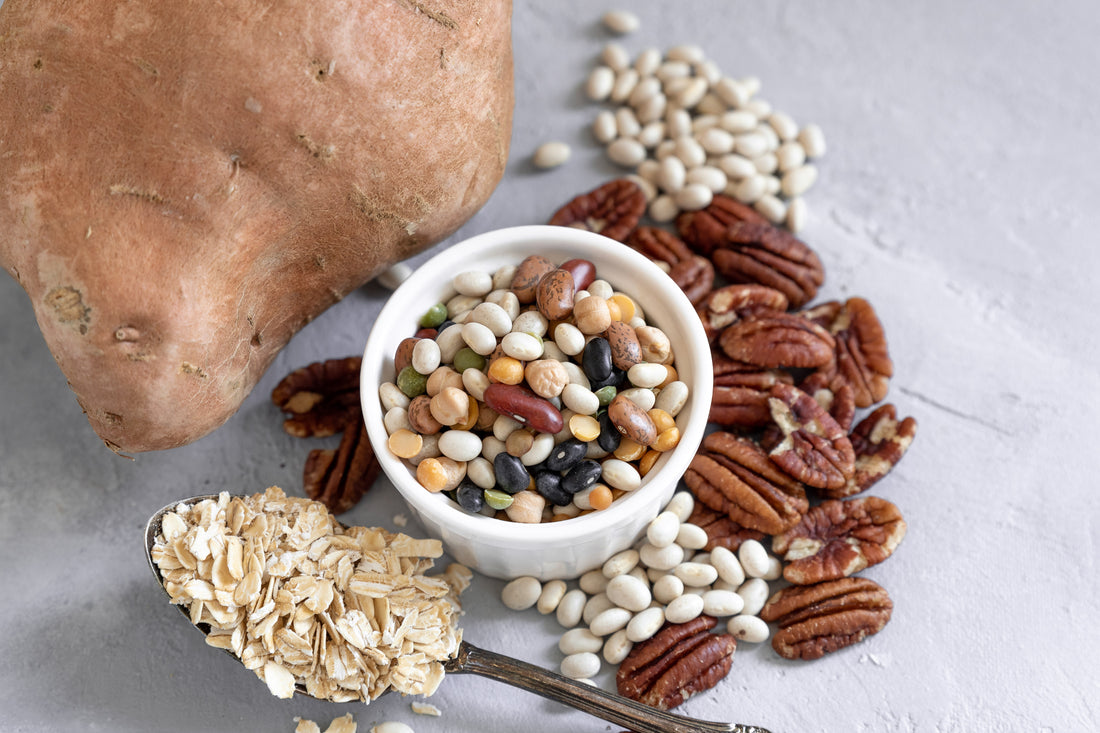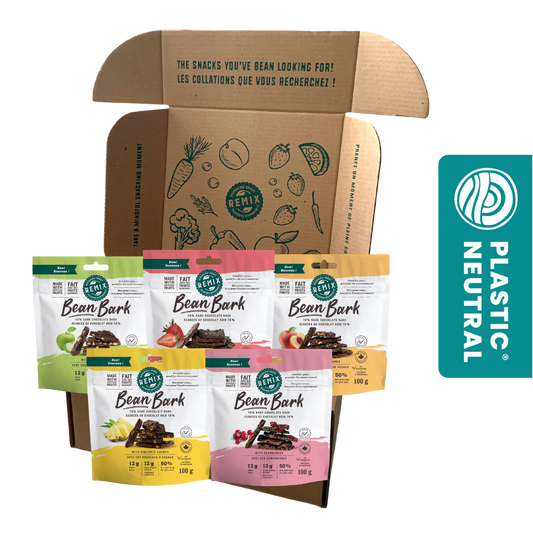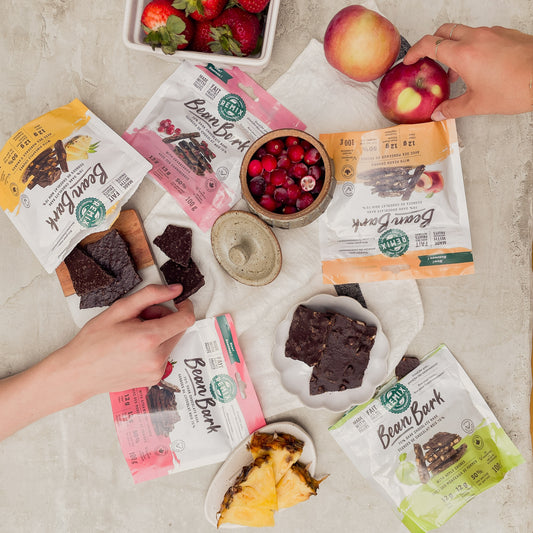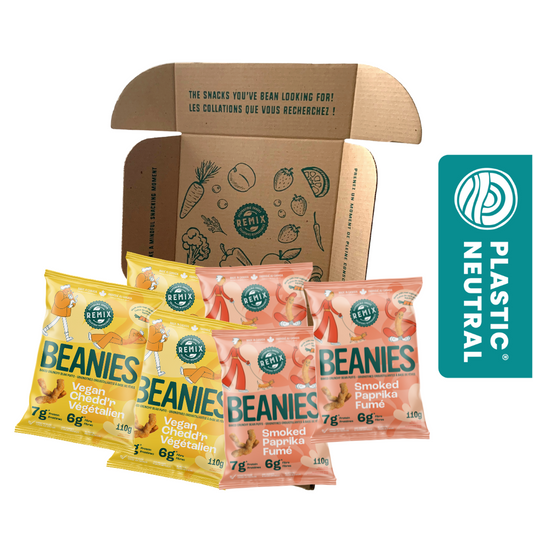
Written by Jessica West, July 2020
Maybe you heard it from your doctor, maybe you saw it from an ad on TV or maybe you were constipated and decided to do something about it. At some point in your life you may have been told you needed to eat more fiber. But what is dietary fiber? What foods can I find it in? And why is dietary fiber so important? If you’ve ever had any of these questions, here’s a breakdown on fiber to help answer them.
What is dietary fiber?
In nutrition, there are three major nutrients, also known as macronutrients which provide energy to our body. These three key nutrients are proteins, carbohydrates and fats. Dieticians recommend that each day our diet should consist of 10-30% protein, 25-35% fat and 45-65% carbohydrates (1). But where does fiber fit into all of this? Well, before we talk about dietary fiber we need to talk about carbs, as fiber is actually a carbohydrate!
There are two main types of carbohydrates, simple and complex. One thing to note is that glucose or “sugar” is the simplest form of a carbohydrate. Simple carbohydrates are those which are chemically made up of one to two units of sugar (2). These simple carbohydrates are very sweet and are quickly absorbed during digestion. Examples of this would be candies, syrups, table sugar etc.
Complex carbohydrates are made up of three or more units of sugar (2). These tend to be less sweet and take longer to be absorbed by the body. Dietary fiber is a complex carbohydrate. Examples of complex carbohydrates include whole grains, vegetables, provisions (root vegetables) and beans. Both simple and complex carbohydrates are broken down by the body to form “blood sugar,” which the body uses as basic fuel for energy.
Where Can you Find Dietary Fiber?
There are two types of fiber, soluble and insoluble. Soluble fiber is found in foods such as legumes, grains, vegetables and fruits. Soluble fiber absorbs water during the digestion process and helps to increase the feeling of “fullness” after a meal for a longer period. Insoluble fiber is fiber which does not absorb water. This type of fiber helps to add “bulk” during digestion which makes the digestion process easier by preventing constipation (3). Examples of insoluble fiber are nuts, whole wheat products, potatoes, oats and beans.
How much Dietary Fiber do I Need to Eat?
The amount of fiber you should eat depends on your age and sex. The general recommendation for all adults is 25g per day for a standard 2000 calorie diet. However, more specific recommendations are (4):
|
Age (years) |
Fiber (grams) |
|
1-18 |
14-31g |
|
50 and below |
Women: 21-25g Men: 30-38g |
|
>50 |
Both Women and Men: 21-30g |
What are some of the Benefits of Dietary Fiber?
- Weight maintenance: As mentioned earlier, dietary fiber can help a person feel fuller for longer after a meal. This can lead to longer periods between mealtimes and less caloric intake as the person may not feel hungry as quickly.
- Maintains bowel health: Dietary fiber absorbs water and adds bulk to your stool. This can help make passing stools easier and prevent constipation. Dietary fiber also lowers the risk of colorectal cancer and protects against diseases such as diverticulosis and haemorrhoids. (3)
- Control of blood sugar: Complex carbohydrates such as fiber do not raise blood glucose levels and help slow down the rise in blood sugar after a meal. This benefit is particularly useful in persons who suffer from diabetes.
- Lower cholesterol: Dietary fiber can help to lower the levels of HDL-cholesterol or “bad cholesterol”. This can lower your risk of heart disease and other cardiovascular complications (3).
Good Sources of Dietary Fiber:
Getting 25g of fiber a day can be difficult. To help you meet your fiber requirements here are some great sources of fiber (5):
- 1 medium Apple with skin = 4.5g
- 1 cup broccoli= 5g
- 1 cup of lentils=15g
- 1 medium banana= 3g
- 1 cup of green peas= 9g
- 1 cup of split peas= 16g
Did you know that one serving of Remix Bean Bark contains 8g of fiber! They are the perfect example of a healthy snack as they’re also high in protein and made from real fruit. They are great to grab while on the go and they’re vegan friendly too! Give it a try, it's the snack you’ve BEAN waiting for.
Follow Remix on our social media for more information on products and special offers! And remember to check out our nutrition blog for more updates. Remember to be safe, stay healthy and have a snack while you’re at it!
References
-
Health Canada. (2012). Do Canadian adults meet their nutrition requirements through food alone? Government of Canada. Retrieved from: https://www.canada.ca/en/health-canada/services/food-nutrition/food-nutrition-surveillance/health-nutrition-surveys/canadian-community-health-survey-cchs/canadian-adults-meet-their-nutrient-requirements-through-food-intake-alone-health-canada-2012.html
-
Van de Walle, G. (2019). What are simple sugars, simple carbohydrates explained. Healthline. Retrieved from: https://www.healthline.com/nutrition/simple-sugars#:~:text=There%20are%20two%20major%20types,be%20a%20mono%2D%20or%20disaccharide.
-
(2018). Dietary fiber: essential for a healthy diet. Retrieved from: https://www.mayoclinic.org/healthy-lifestyle/nutrition-and-healthy-eating/in-depth/fiber/art-20043983
-
McManus, K. (2019). Should I be eating more fiber? Harvard health publishing. Retrieved from: https://www.health.harvard.edu/blog/should-i-be-eating-more-fiber-2019022115927#:~:text=On%20average%2C%20American%20adults%20eat,and%2030%20daily%20grams%2C%20respectively.
-
Bell, A. (2020). 20 + high fiber snacks to help keep you fuller longer. Snackation. Retrieved from: https://snacknation.com/blog/high-fiber-snacks/
